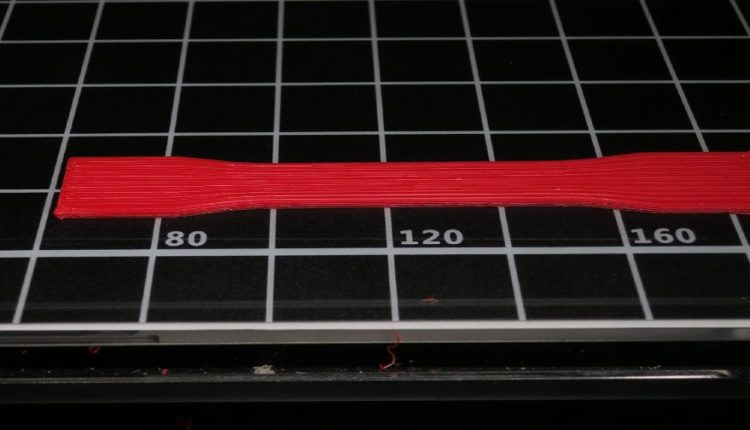
Marriage of 3D Printing and Injection Molding Means Faster, Stronger Objects
While 3D printing can produce astonishing things relatively quickly and easily, their printing could be faster and items produced, such as medical devices for patients and stronger parts for airplanes and automobiles, could be more durable. Now a new 3D printing technology invented by a UMass Lowell researcher offers just that.
Substances such as plastics, metals and wax are used in 3D printers to make products and parts for larger items, as the practice has disrupted the prototyping and manufacturing fields. Products created through the 3D printing of plastics include everything from toys to drones. While the global market for 3D plastics printers is estimated at $4 billion and growing, challenges remain in ensuring the printers create objects that are produced quickly, retain their strength and accurately reflect the shape desired, according to UMass Lowell’s David Kazmer, a plastics engineering professor who led the research project.
Called injection printing, the technology Kazmer pioneered was recently featured in the academic journal Additive Manufacturing.
The invention combines elements of 3D printing and injection molding, a technique through which objects are created by filling mold cavities with molten materials. The marriage of the two processes increases the production rate of 3D printing, while enhancing the strength and properties of the resulting products. The innovation typically produces objects about three times faster than conventional 3D printing, which means jobs that once took about nine hours now only take three, according to Kazmer, who lives in Georgetown.
“The invention greatly improves the quality of the parts produced, making them fully dense with few cracks or voids, so they are much stronger. For technical applications, this is game-changing. The new process is also cost-effective because it can be used in existing 3D printers, with only new software to program the machine needed,” Kazmer said.
The process took about 18 months to develop, and Kazmer, whose expertise lies in product design, prototyping and process control, has filed for a patent on the new technology.
Source: UMass Lowell
